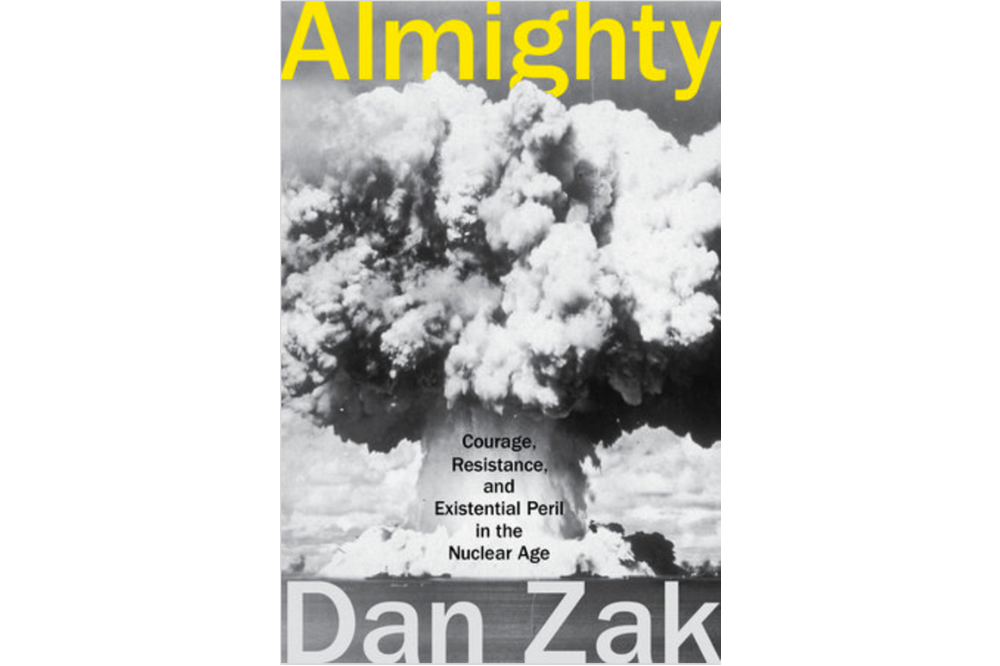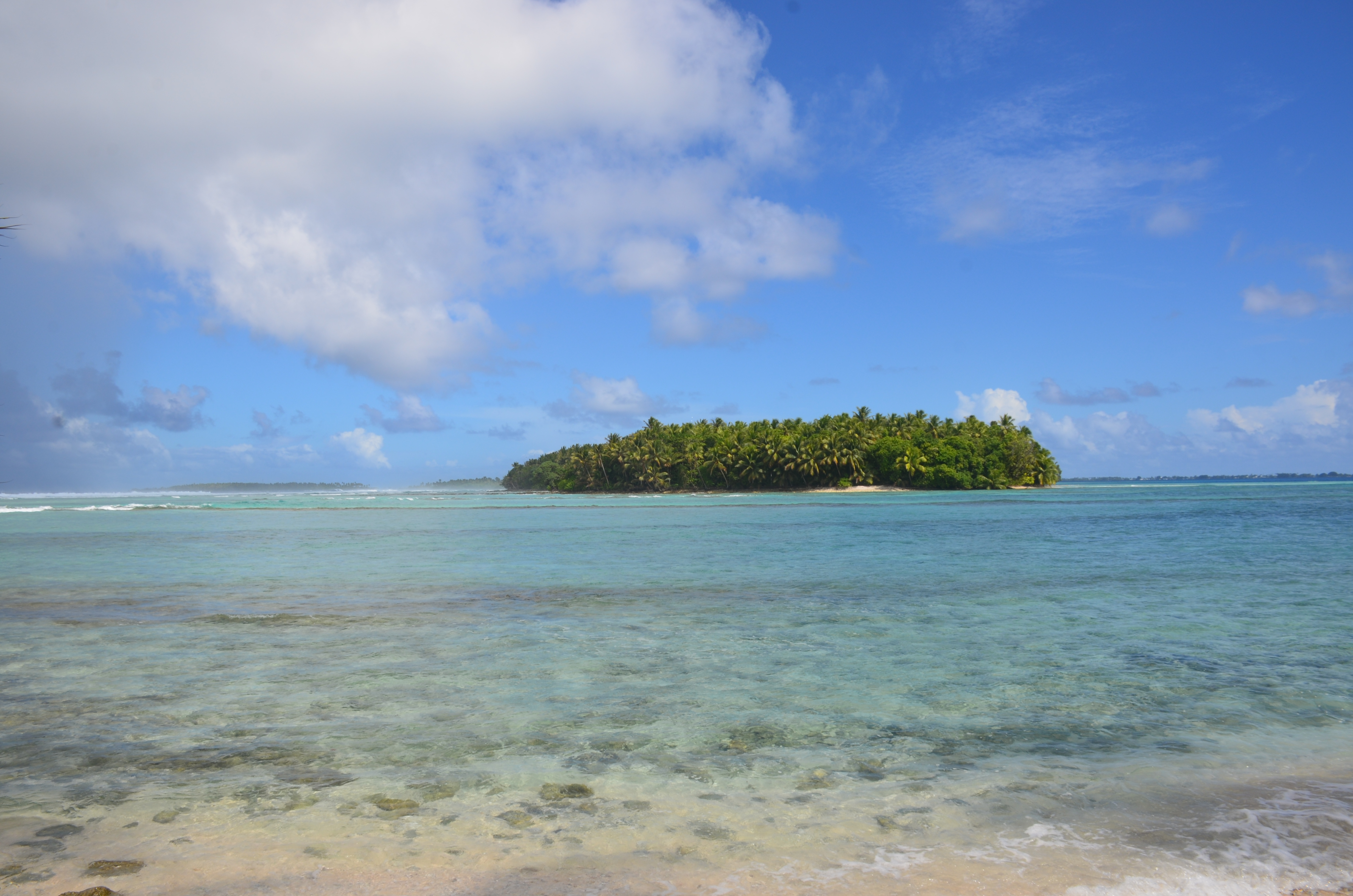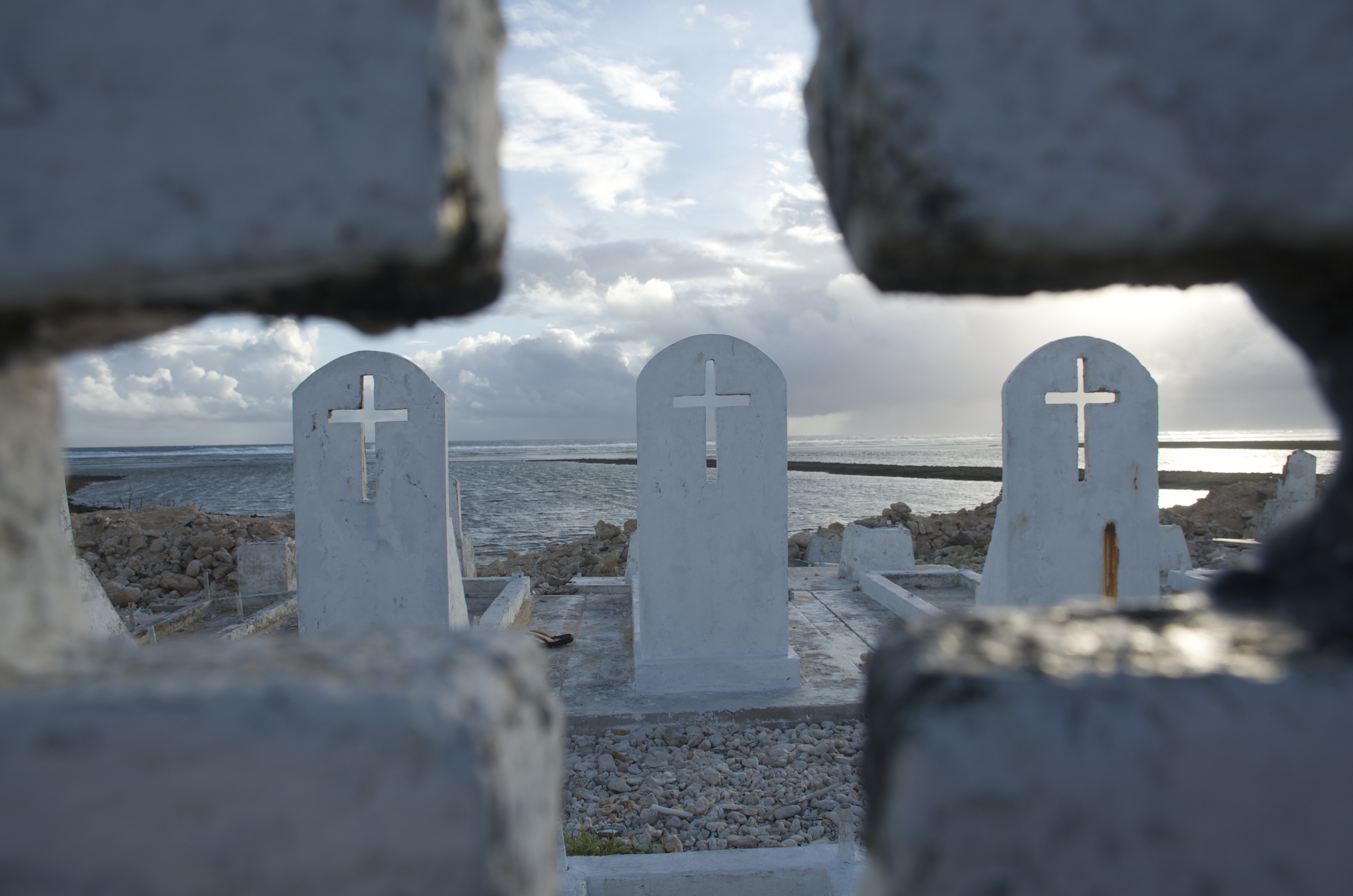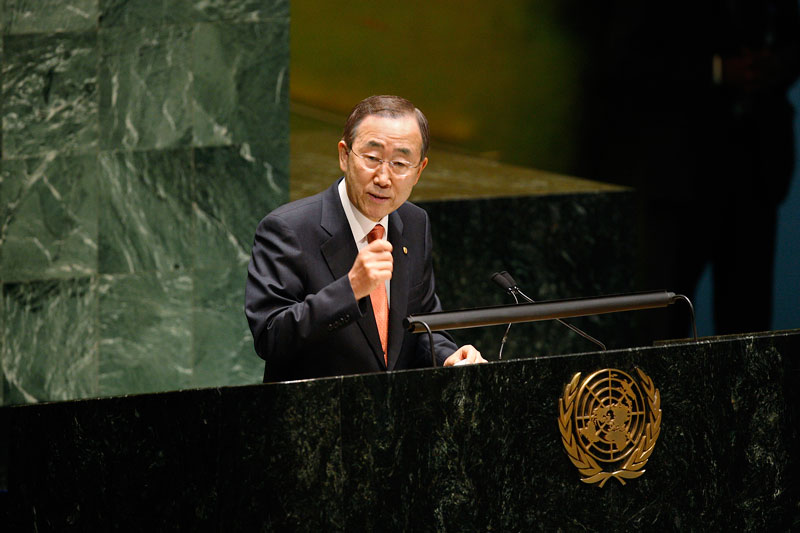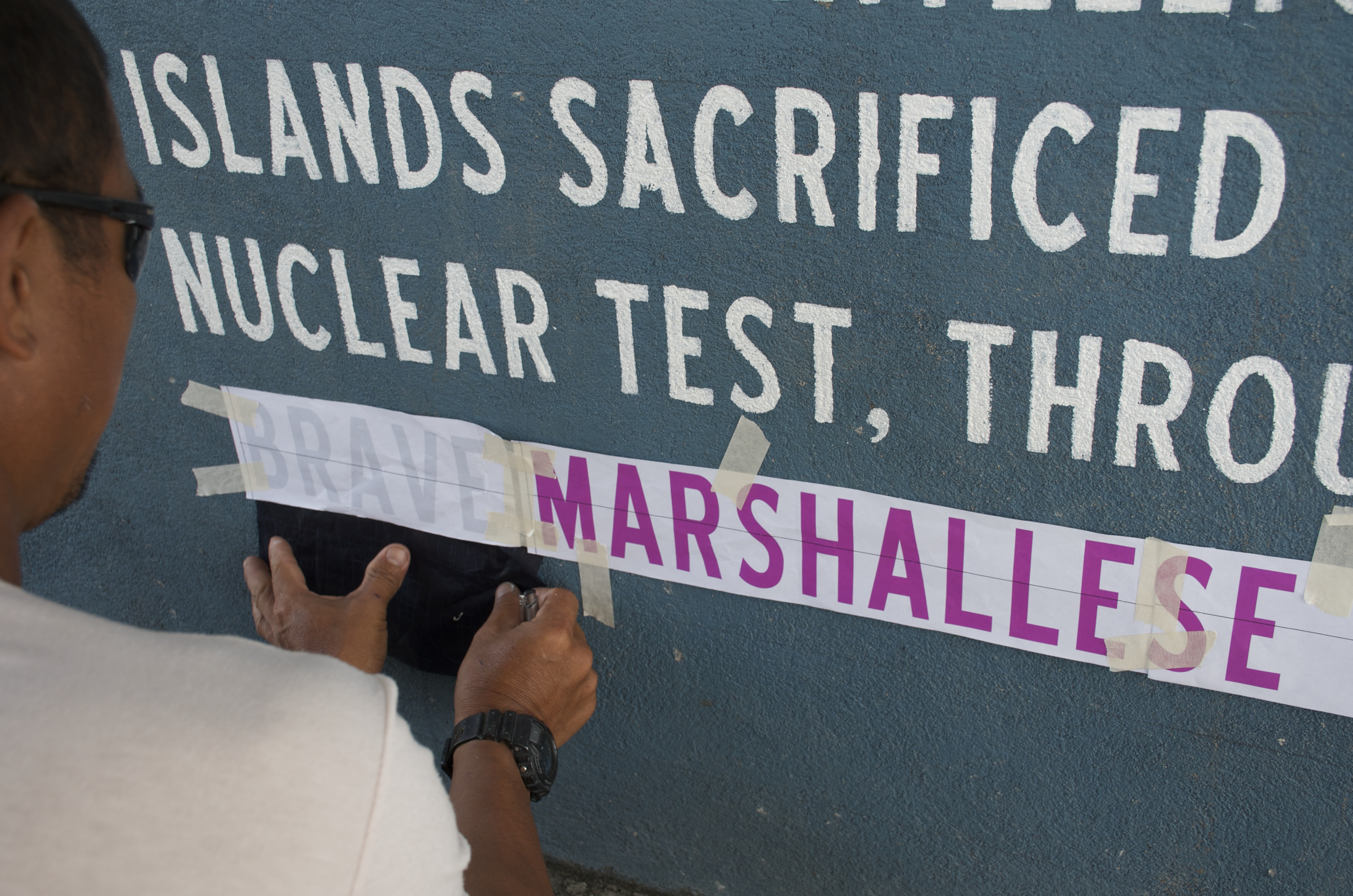
From 1946 and 1958, the United States detonated 67 atomic bombs in the Marshall Islands, a sprinkle of tiny atolls in the middle of the Pacific Ocean. The Marshallese people have lived nearly 70 years with the radioactive and psychological fallout of these enormous explosions, the largest of which was witnessed by the islands' current foreign minister. He is the public face of a lawsuit filed in 2014 against the United States and other nuclear powers that alleges non-compliance with the Nuclear Nonproliferation Treaty.
It's a David-versus-Goliath gambit designed to bring the world's attention to the horror of nuclear weapons, but perhaps at the expense of the issues that matter most to Marshallese citizens: financial compensation from the U.S. for injuries and the loss of land, plus sky-high rates of obesity, diabetes, alcoholism and suicide that have grown out of a culture of dependency. A delegation from the islands was at the United Nations this spring to review the status of the Nuclear Nonproliferation Treaty, and to call attention to the United States's planned $1-trillion modernization of its nuclear stockpile.
The nuclear issue, though, fades to the background when king tides, swollen by sea-level rise, wash over the islands, where habitability depends on the fragile balance between water and land. Climate change may sooner or later chase those citizens out of their own nuclear exile, into a new climatological exile.
-
×
 English
English

